Introduction
In the vast realm of culinary arts, the preparation of ingredients often holds the key to unlocking their full flavor potential. Among the myriad of ingredients that grace our kitchens, fresh shiitake mushrooms stand out for their earthy aroma, rich texture, and nutritional benefits. However, one question frequently perplexes both home cooks and professional chefs alike: should fresh shiitake mushrooms be blanched before cooking? This article delves into the intricacies of blanching, its impact on shiitake mushrooms, and the various cooking methods that can benefit or be hindered by this preliminary step. By the end, you’ll have a comprehensive understanding of when and why to blanch your fresh shiitake mushrooms.
Understanding Blanching
Blanching is a cooking technique where vegetables or mushrooms are briefly submerged in boiling water or steam and then rapidly cooled, usually in ice water. This process serves several purposes:
-
Preservation of Color and Texture: Blanching halts the enzymatic action that can cause discoloration and texture loss in vegetables and mushrooms. For shiitake mushrooms, this means retaining their dark, glossy appearance and firm, meaty texture.
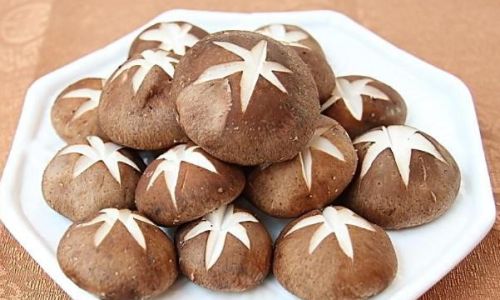
-
Reduction of Cooking Time: By partially cooking the mushrooms, blanching shortens the overall cooking time required in subsequent recipes, ensuring that they remain tender without becoming mushy.
-
Enhancement of Flavor: Blanching can concentrate flavors and bring out the natural sweetness of vegetables and mushrooms by removing excess moisture.
-
Food Safety: Blanching helps to kill surface bacteria and other microorganisms, improving food safety, especially important for raw ingredients that will be used in dishes that do not involve further high-temperature cooking.
The Case for Blanching Fresh Shiitake Mushrooms
While blanching offers numerous advantages, its application to fresh shiitake mushrooms is not without controversy. Here are some compelling reasons why you might consider blanching them:
-
Removing Impurities: Fresh shiitake mushrooms can sometimes harbor dirt or debris, especially if they have been grown outdoors. Blanching helps to cleanse them thoroughly, making it easier to remove any stubborn particles.
-
Enhancing Presentation: The glossy, dark caps of shiitake mushrooms are a sight to behold. Blanching accentuates their natural color, ensuring they look appetizing on the plate.
-
Texture Control: For dishes where a firm, yet tender texture is desired, blanching provides a way to achieve this balance. It prevents the mushrooms from becoming overly soft or collapsing under the heat of other cooking processes.
-
Flavor Extraction: By briefly cooking and then rapidly cooling, blanching can help to bring out the subtle, umami-rich flavors of shiitake mushrooms, making them a more prominent element in dishes.
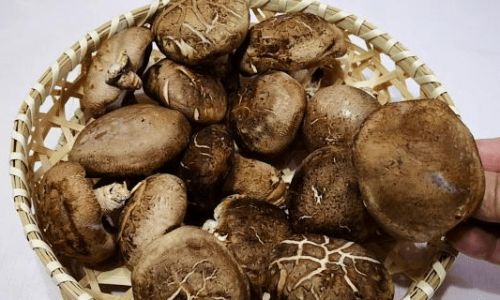
The Counterarguments
Despite its benefits, there are also scenarios where blanching fresh shiitake mushrooms might not be the best approach:
-
Flavor Loss: While blanching can concentrate flavors, it can also cause some volatile compounds to escape into the blanching water, potentially leading to a slight loss of aroma and complexity.
-
Texture Overprocessing: Over-blanching can result in mushrooms that are too firm or rubbery, defeating the purpose of achieving a tender texture. Finding the perfect blanching time can be tricky and requires practice.
-
Disruption of Cooking Flow: For recipes that require mushrooms to be cooked directly in the sauce or with other ingredients, blanching can add an extra step, complicating the cooking process and potentially introducing more dishes to wash.
-
Nutrient Retention: Some argue that blanching can lead to the loss of water-soluble vitamins and minerals, although this is generally minimal compared to the overall nutritional benefits of consuming shiitake mushrooms.
Practical Considerations and Techniques
When deciding whether to blanch your fresh shiitake mushrooms, consider the following practical tips and techniques:
-
Cleaning First: Always clean your mushrooms thoroughly before blanching. Use a soft brush to remove any dirt or debris from the caps and stems.
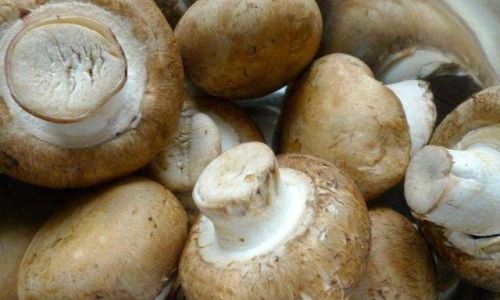
-
Temperature Control: Bring a large pot of water to a rolling boil. Use a blanching basket or a slotted spoon to submerge the mushrooms for about 30-60 seconds, depending on their size and desired texture.
-
Ice Water Bath: Prepare an ice water bath to rapidly cool the blanched mushrooms. This stops the cooking process and preserves their color and texture.
-
Pat Dry: After blanching and cooling, gently pat the mushrooms dry with paper towels to remove excess water. This will help them cook more evenly in subsequent steps.
-
Recipe-Specific Decisions: Ultimately, the decision to blanch should be guided by the specific recipe you are following and the desired outcome. If a recipe calls for raw or lightly sautéed mushrooms, blanching might not be necessary. Conversely, for dishes where mushrooms are a key ingredient and you want to ensure optimal texture and flavor, blanching can be a valuable step.
Conclusion
The question of whether to blanch fresh shiitake mushrooms is not a one-size-fits-all answer. It depends on your personal preferences, the recipe you are following, and the desired outcome for your dish. Blanching offers numerous benefits, including enhanced color, texture, and flavor, but it also comes with potential drawbacks like flavor loss and nutrient retention concerns. By understanding the nuances of blanching and its impact on shiitake mushrooms, you can make informed decisions that will elevate your culinary creations. Whether you choose to blanch or cook your mushrooms directly, the key is to experiment and find what works best for your taste and cooking style. Happy cooking!
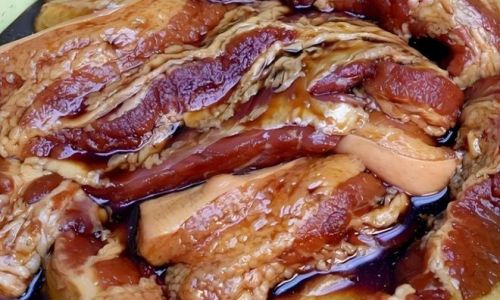
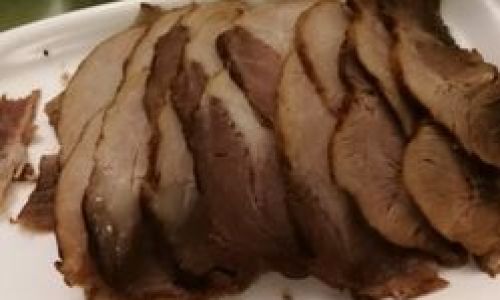
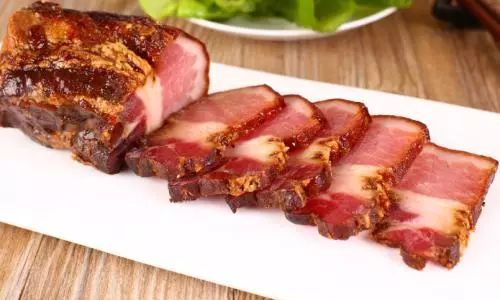
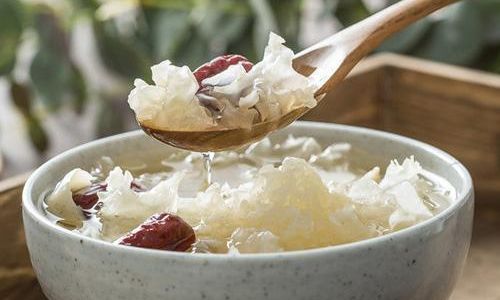
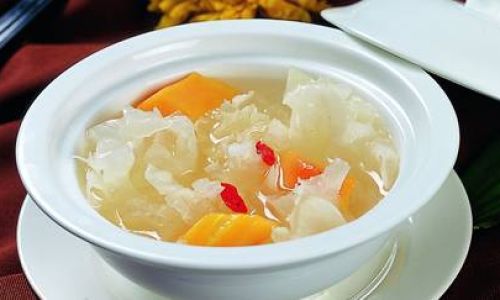
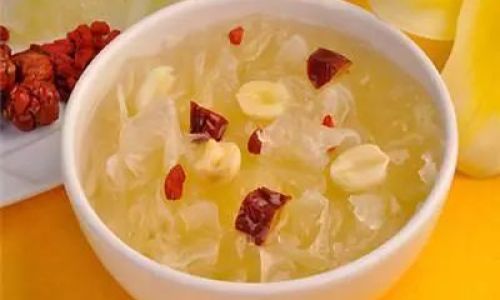
0 comments